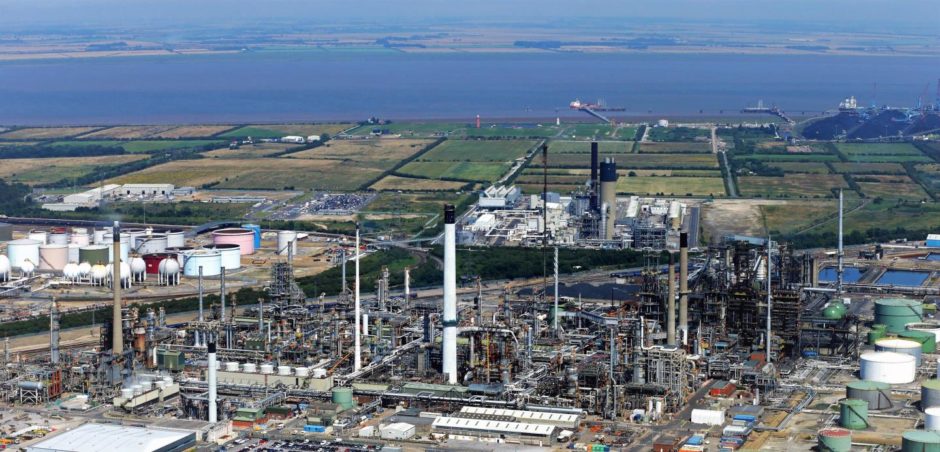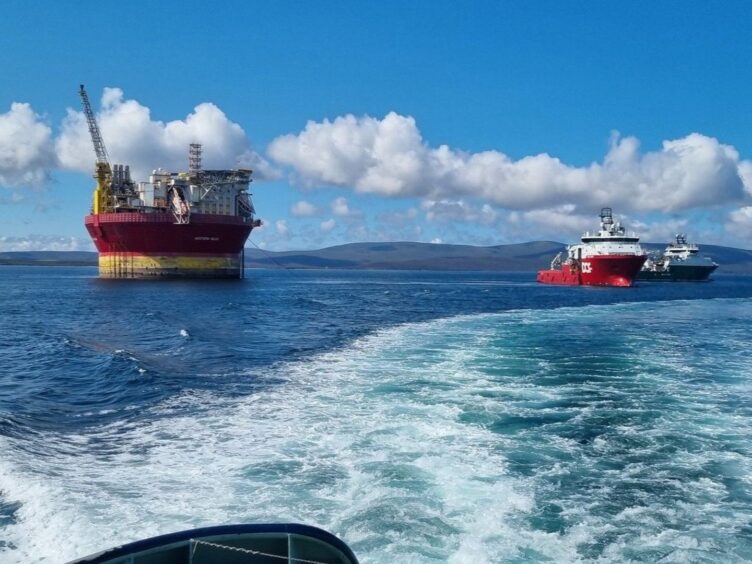
Harbour Energy has revealed plans to offer three tenders to create infrastructure for its Viking carbon capture and storage (CCS) project, according to data from the regulator.
The project aims to receive CO2 volumes from across the south Humber region which it will then pump into depleted gas reservoirs in the Southern North Sea for storage.
The North Sea Transition Authority (NSTA) has shared in its Pathfinder database, the first contract covers fabricating the jacket and topside for the offshore part of the project, including transport and installation.
The remaining two contracts cover the offshore pipeline, including subsea tie-in, and the onshore pipeline.
All three contracts have values of over £25 million and estimated tender dates of 1 April 2025.
The onshore transportation system will consist of a 43-mile (55km), 24” diameter pipeline running from Immingham to the former Theddlethorpe Gas Terminal (TGT) site, where it will tie into the existing pipeline in the Lincolnshire Offshore Gas Gathering System (LOGGS).
The offshore system will re-purpose an existing roughly 74.5-mile (120km), 36” diameter decommissioned LOGGS gas pipeline, along with a new 14.3-mile (23km) section of 36” diameter pipeline.
First injection is expected in 2027 and by 2030, Harbour and project partner BP expect to inject 10 million tonnes of CO2 per year.
Technip Energies was previously hired to provide front end engineering and design (FEED) for the Viking CCS project.
Viking was selected for the UK government’s £1 billion Track 2 process and received two additional offshore licences from the North Sea Transition Authority (NSTA) licensing round.
Waldorf Petroleum Resources
Waldorf Petroleum Resources has released two tenders to decommission subsea well and pipeline infrastructure at its Helvellyn field.
The two sub-£25m contracts, expected to go out at the end of March next year, include the plugging and abandonment of a single subsea well, and project management, engineering, removal, recycling and disposal of subsea pipeline and associated protection facilities.
The Helvellyn field includes a single subsea well located in the Southern North Sea. Production commenced in 2004 and gas was exported via the Amethyst platform. Production ceased in January 2017 and the pipeline and umbilical were cleaned and isolated in 2022.
Dana Petroleum
Dana Petroleum is looking for partners to decommission wells on its Barra and Harris fields.
The project activities cover permanent abandonment of three development wells on Barra and four on Harris in a phased well decommissioning campaign from 2026-2028. All seven are currently shut in and disconnected.
The two contracts, one for each field, covers the use of a light well intervention vessel to kill and plug the wells.
The Barra and Harris wells are part of the larger Western Isles well decommissioning project. The programme was accelerated to begin this year after Dana Petroleum warned that Western Isles was forecast to become “uneconomic” in 2024.
Having originally expected to produce oil for at least fifteen years from its start date of 2017, the project’s wells are to be decommissioned while the Western Isles FPSO can be reused.
Aberdeen-based NEO Energy, which holds a 23.08% stake said it has taken a $77.3m impairment on the project “driven primarily by a reduction to the expected life of the field”.
Recommended for you

 © Supplied by Orkney Harbours
© Supplied by Orkney Harbours